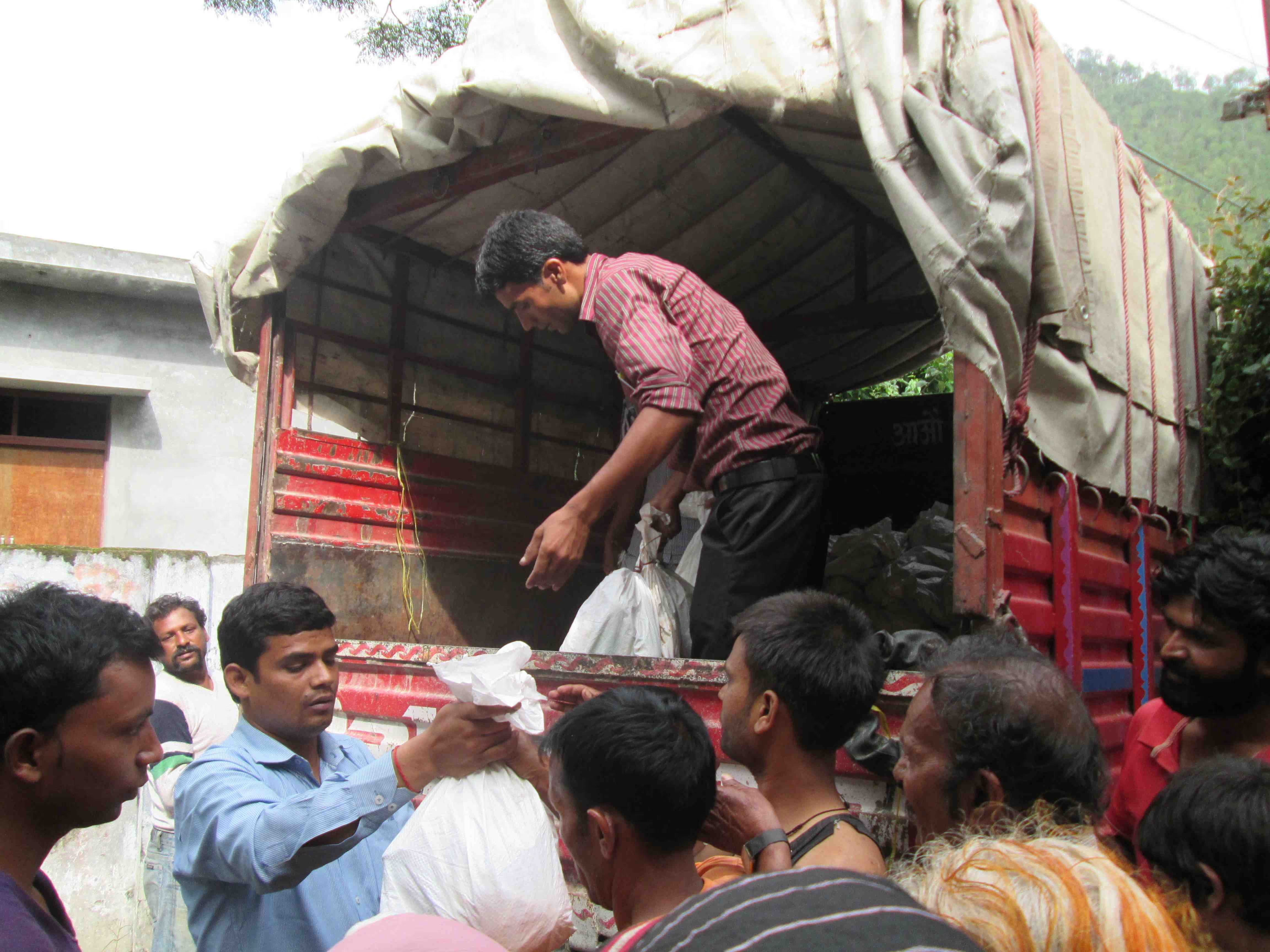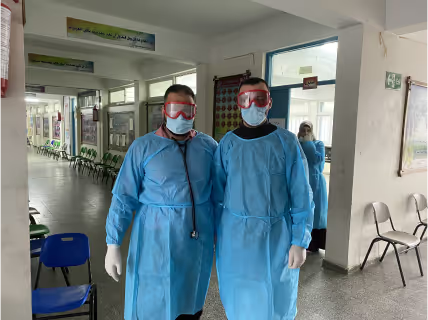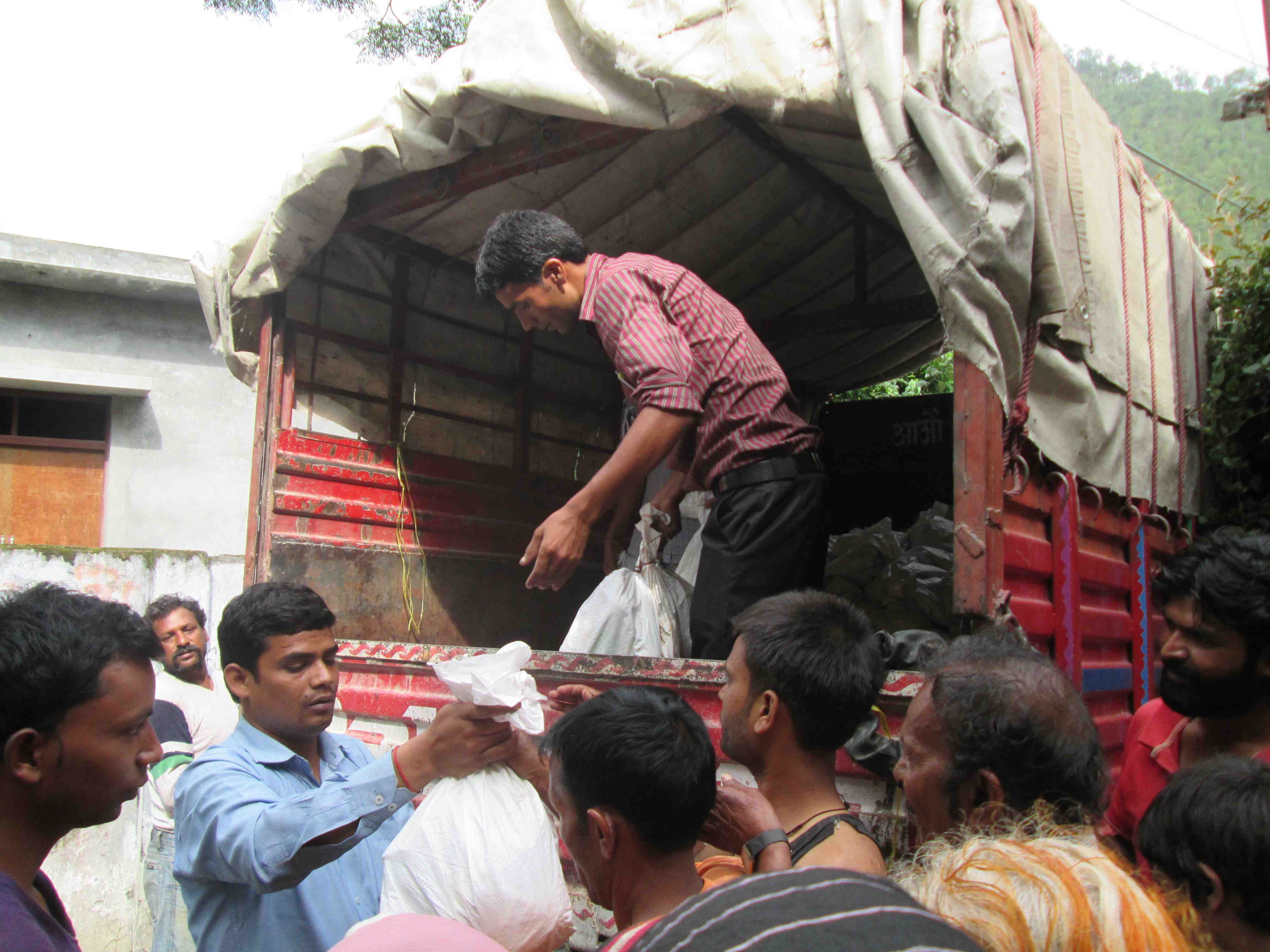Citizen-based DRR model to reduce disaster toll in Himalayas

Project overview
The project aims to design a Citizen-based-DRR system for application in the Indian Himalayas, a region with very high disaster risk, and disadvantaged by extreme remoteness.
Project solution
This project offers [specific solution or intervention] to tackle [challenge]. By implementing [strategies, tools, or innovations], the project aims to achieve [desired outcomes]. The approach is designed to [specific actions or methods] to bring about meaningful change in [community, region, or issue area].
Expected outcomes
This project aims to achieve [specific outcomes], such as [measurable results, improvements, or changes]. The expected impact includes [benefits to the target community, advancements in research or innovation, or long-term effects]. By the end of the project, we anticipate [specific changes or milestones] that will contribute to [broader goals or objectives].
WHAT IS THE HUMANITARIAN NEED?
A Himalaya-adapted system will be developed for continual generation and transmission of climatic and geologic information, along with an indicator-based early warning system for the top 5 hazards in the region; the latter will also incorporate local/traditional knowledge. A post-disaster damage and need assessment system would also be designed for decentralized generation of information and its relay to relief suppliers, post-disaster, thus facilitating timely relief. FGDs will be carried out with a range of stakeholders (relief agencies, district authorities, national DRR authorities, local communities, CBOs and Himalaya-experts, communication equipment suppliers) will elicit data and perspectives to shape the system. The system thus designed would be anchored with trained local youth and would serve to overcome the information gap in the region. The inputs will be used to create an area-specific model preparedness &; relief system; special attention will be paid to needs of the women, children, aged, disabled. Workshops with state/non-state actors &; communities will help disseminate, and linkages will be established and a preliminary training conducted for Himalayan and local panchayats, to propel uptake.
Challenge(s) addressed:
- Increasing vulnerability of Himalayan communities to natural disasters.
- Lack of forewarning and relief &; support, and risk reduction in the Himalayan region.
WHAT IS THE INNOVATIVE SOLUTION?
- A citizen science program for real-time information on the local environment (and community preparedness) with a focus on weather (and climate) and hydrological/mass movement trends in the high altitudes.
- A decentralised system for indicator-based early warning and post-disaster damage &; need assessment and communicating the information to relief suppliers adapted to the Himalayan socio-ecology and infrastructural gaps.
Added Value:
- The ICT and community-based early warning system and model relief system, will help address the severe vulnerability of Himalayan people and improve the effectiveness of humanitarian relief in the hazard-prone region, overcoming the disadvantages due to remoteness and lack of connectivity, and ensuring effective relay of relevant information between communities, govt., and relief agencies.
- A citizen-based DRR approach will also empower the community and act as a means for building community capacity to achieve resilience autonomously. It will enable them to mitigate the risks, and ensure local-level preparedness and access to timely relief.
- The innovation will also deliver a composite risk-reduction system that will address pre-disaster preparedness, early warning and immediate relief post-disaster. This may easily be replicated/adapted for use in similar circumstances worldwide.
Innovation Phases Description: The innovation is at ‘recognition’ stage. The proposed project will take forward the innovation by designing a full-scale, comprehensive system to address the specific risks, needs &; constraints identified, incorporating stakeholder suggestions for a community-based DRR.
WHAT ARE THE EXPECTED OUTCOMES?
At the end of the project, a ‘DRR for the Himalayas’ will be available comprising:
(a) a Himalaya-adapted, indicator-based early warning system for the top 5 hazards in the region;
(b) a post-disaster damage &; need assessment system for decentralized, post-disaster generation of information and its relay to relief suppliers.
The systems would be anchored with local youth, thereby addressing the unique constraints of the Himalayas, and would enable mitigation through timely evacuation/protection and relief, and continual evidence-generation on micro-level climate/ecosystem changes would aid decisions on adaptation/ mitigation. The process of shaping the innovation and its dissemination will involve state/ non-state agencies &; communities, generate their buy-in, and orient communities &; youth.
Upon completion of this stage, govt, communities and NGOs will be liaised with for piloting the innovation, which would help ground-truthing, subsequent govt endorsement and community uptake.
Project delivery & updates
Stay up to date with the latest developments from this project. Here, you will find details on what has been delivered, resources created, and regular updates as the project progresses. Access key documents, reports, and other materials to see how the project is making an impact.

